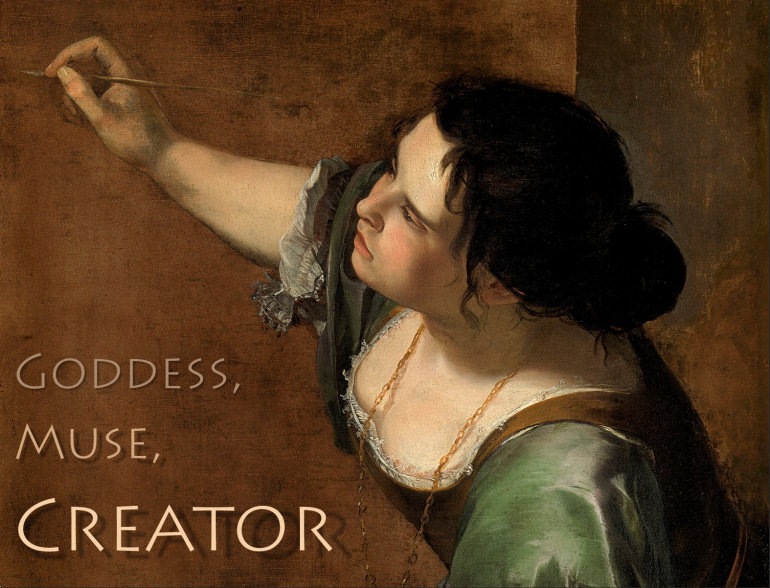8. Writers and Heroines.
Six women: five fictional, one real. The real one, of course, is Emily Dickinson, or whatever vision of her we can
conjecture from reading her poems. The fictional ones are a mixture of the utterly familiar (Jane Eyre and Jo March),
a slightly less well-known figure from an utterly familiar author (Anne Elliot from Jane Austens last-published novel,
Persuasion), and two that will perhaps be less well known (Margaret Hale from Elizabeth Gaskells North and
South and Edna Pelletier from Kate Chopins The Awakening). Perhaps just because I have chosen them this way,
we shall see common threads: competence and some degree of independence, strong moral convictions, a willingness to speak truth
to power, and most importantly the refusal to allow themselves to be defined solely in relation to men.
The field of 19th-century writing women is unusually rich. Thre are many other great figures I might have included, such as
George Eliot and Emily Brontė (whose Wuthering Heights is depicted above), but I omitted them in favor of a few less
familiar names. rb.
The script, videos, and images will be posted immediately after class.
Here are brief bios of the artists, composers, and writers considered in the class, listed in order of birth.
All the specific biographies of women featured in the course are collected in the
BIOS link on the syllabus page.
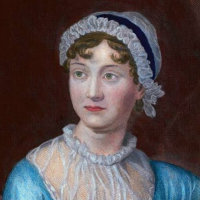 |
Jane Austen, 17751817. English novelist.
He six full-length novels have established her as a major English novelist, and an important transitional figure between 18th-century Sensibility and 19th-century Romanticism. The portrait is based on a sketch by her sister Cassandra.
|
 |
Elizabeth Gaskell, 181065. English novelist.
The daughter of a Unitarian minister who gave up his position in the North for reasons of conscience, Mary Stevenson married another minister, who moved to Manchester, which became the disguised setting for North and South (1855). She published this, its predecessor Cranford (1853), and a biography of Charlotte Brontė (1857) under the name "Mrs Gaskell," but used a pseudonym before that.
|
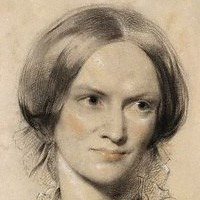 |
Charlotte Brontė, 18161855. English novelist and poet.
Charlotte was the oldest and longest-lived of the three Brontė sisters (with Emily and Anne), all of whom were novelists. Her most famous book is Jane Eyre, published pseudonymously in 1847; her later Shirley (1849) was less successful.
|
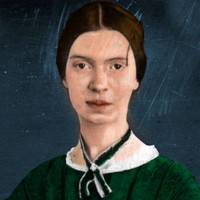 |
Emily Dickinson, 183086. American poet.
As she lived in Amherst for her entire life, latterly refusing to leave her family home, Dickinson's prolific output was virtually unpublished in her lifetime, and was subject to editing after her death to bring it more in tune with contemporary aesthetics. But it is precisely the unconventional nature of her verse, with its short lines and slant rhymes, that has led to her recognition as one of the leading Americal poets of her time.
|
 |
Louisa May Alcott, 183288. American novelist.
Raised in New England by her Transcendentalist parents, Bronson and Abigail Alcott, Louisa knew such luminaries as Emerson, Thoreau, and Hawthorne. When her family encountered financial trouble, she began writing lurid fiction, like Jo March in her novel Little Women (1868), based upon her own family and three sisters. She was an abolitionist and feminist all her life, and never married.
|
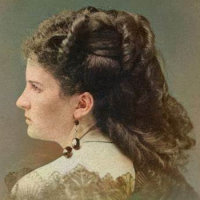 |
Kate Chopin, 18501904. American novelist.
Born Katherine O'Flaherty and of mixed Irish and Louisiana Creole heritage, she married a New Orleans cotton broker and moved to the city. She began writing in the 1880s to pull herself out of a depression caused by the loss of her mother, her husband, and his business, and soon became famous as the author of short stories with feminist themes such as The Story of an Hour (1894) and the novel The Awakening (1899).
|

































